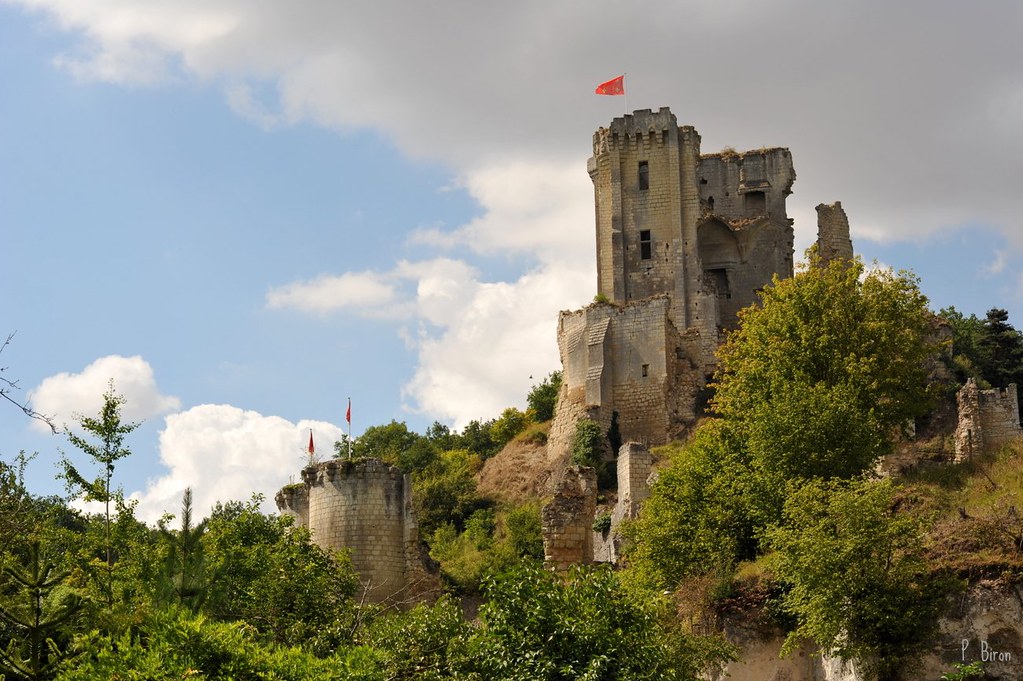#middle- âge
Text

The three Magi before Herod. Stained glass by an unknown French artist, early 15th century, restored by F. Pivet in 1999. Now in the Musée national du Moyen Âge, Paris.
#Epiphany#liturgical year#Three Wise Men#art#art history#Middle Ages#medieval#medieval art#stained glass#grisaille#French art#15th century art#Musée national du Moyen Âge#religious art#Christian art#Christianity
310 notes
·
View notes
Text
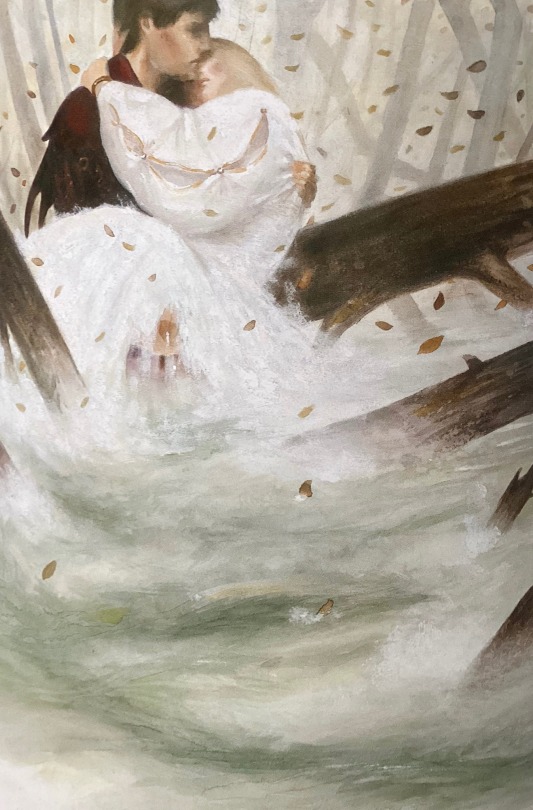
Ondine par Claudine Glot
2005
Le baron perché, Edigroup, Paris
Artist : Armel Gaulme
#ondine#undine#frédéric de la motte-fouqué#1811#german romanticism#armel gaulme#2005#folklore#légende#legend#middle ages#moyen âge#baron de la motte fouqué
55 notes
·
View notes
Text

Númenor (Tolktober, 5), 2023, encre de Chine sur papier, 21 x 14,5 cm
#art#Tolktober#Tolktober 2023#dessin#drawing#encre#ink#encre de Chine#indian ink#Tolkien#Silmarillion#Middle Earth#fantasy#Númenor#Atlantide du Second Âge
133 notes
·
View notes
Text



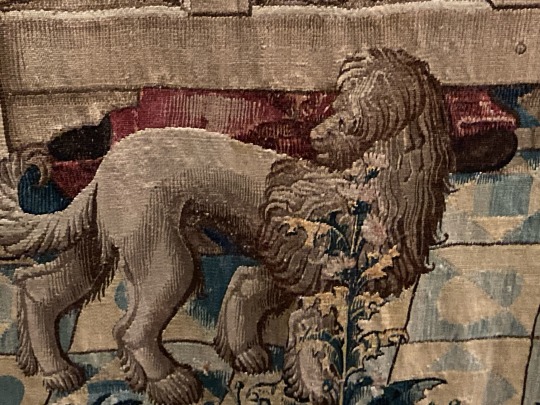
Dogs (and wild felines) among the animals spotted at @museecluny Musée du Cluny Musée National du Moyen Age (Paris, France). These are selections from "The Lady and the Unicorn" series of tapestries, southern Netherlands or Paris (?), c. 1500.
https://musee-moyenage.fr/en/collection/the-lady-and-the-unicorn.html
#perro#dog#chien#hund#hond#lion#leon#tapisserie#tapestry#moyen âge#Middle Ages#medieval#medieval art#unicorn#licorne
10 notes
·
View notes
Photo







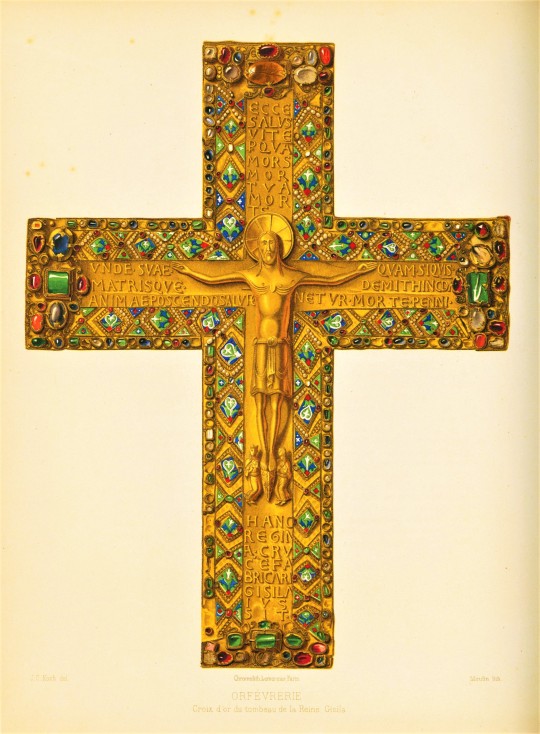

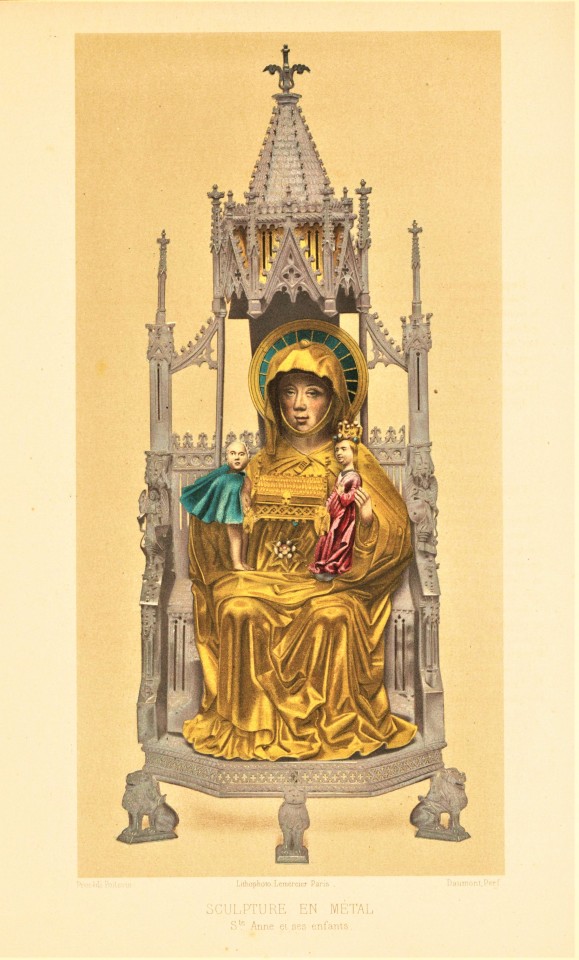
Decorative Sunday
In 1823, an aspring young lawyer named Jules Labarte (1797-1880) married Joséphine Debruge-Duménil*, the only daughter of the wealthy art collector Louis-Fidel Debruge-Duménil (1788-1838). He was enthralled by his father-in-laws collection, one of the first major private collections of Medieval and Renaissance Art in France, and by 1835 he had abandoned the law to dedicate himself to the study of art history. A few years later, Debruge-Duménil passed away unexpectedly, and Labarte was charged with identifying and cataloging his collection of over fifteen thousand artifacts, a task he took on with great meticulousness.
The resulting catalog was published in 1847 by La Librarie Archeonologique de Victor Didron with a 400 page introduction. This well-researched introduction became a highly sought after text, and Didron pressed Labarte for years to produce a second edition. Labarte refused for years, but allowed for a English translation, published in 1855 by J. Murray of London as Handbook of the Arts of the Middle Ages and Renaissance as Applied to the Decoration of Furniture, Arms, Jewels, Etc.
The English edition only increased the appetite for a revised French edition, to which Labarte finally agreed. Between 1864 and 1866, Histoire des arts industriels au Moyen Âge et à l'époque de la Renaissance was published in Paris by A. Morel et Cie. in four volumes, with two additional volumes of plates. Printing was done by Henri Plon, an ancestor of 16th century Danish typographer Jehan Plon. The plates are primarily chromolithographs produced by Lemercier, the largest lithography firm in Paris at the time. Keep your eyes peeled for a follow up post where we will share images from the second album and discuss Rose-Joseph Lemercier (1803-1887).
The above images are all sourced from the first album of plates. Critics praised the book’s illustration for its rich colors and “photo-like accuracy.” You might look at the last image above (of the statue St. Anne and her Children by German artist Hans Greiff) and question that characterization based on the somewhat bizarre faces, but lo and behold, the faces on the actual statue are a bit strange! See for yourself:

Find more posts on publisher August Morel here.
Peruse more Decorative Sunday posts here.
-Olivia, Special Collections Graduate Intern
*Special shout out to Institute National d’Histoire de l’Art (INHA) for providing me with the first name of Labarte’s wife Josephine, who is most commonly (and annoyingly) referred to in the literature as “daughter of Louis-Fidel Debruge-Duménil” or “wife of Labarte.”
#Decorative Sunday#Histoire des Arts Industriel#decorative arts#decorative plates#Jules Labarte#La Librarie Archeonologique de Victor Didron#Histoire des Arts Industriels au Moyen Âge et à l'Époque de la Renaissance#A. Morel et Cie.#A. Morel#Lemercier#chromolithographs#chromolithography#Yay chromoliths!#Louis-Fidel Debruge-Duménil#Joséphine Debruge-Duménil#Handbook of the Arts of the Middle Ages and Renaissance as Applied to the Decoration of Furniture Arms Jewels Etc.#Handbook of the Arts of the Middle Ages and Renaissance#John Murray#J. Murray#Henri Plon#Jehan Plan#olivia
67 notes
·
View notes
Text

#croquis#dessin#noir et blanc#bande dessinée#drawing#sketch#black and white#artists on tumblr#comics#saltimbanque#entertainer#cornemuse#bagpipes#médiéval#medieval#middle age#moyen âge#musicienne#musician
6 notes
·
View notes
Text

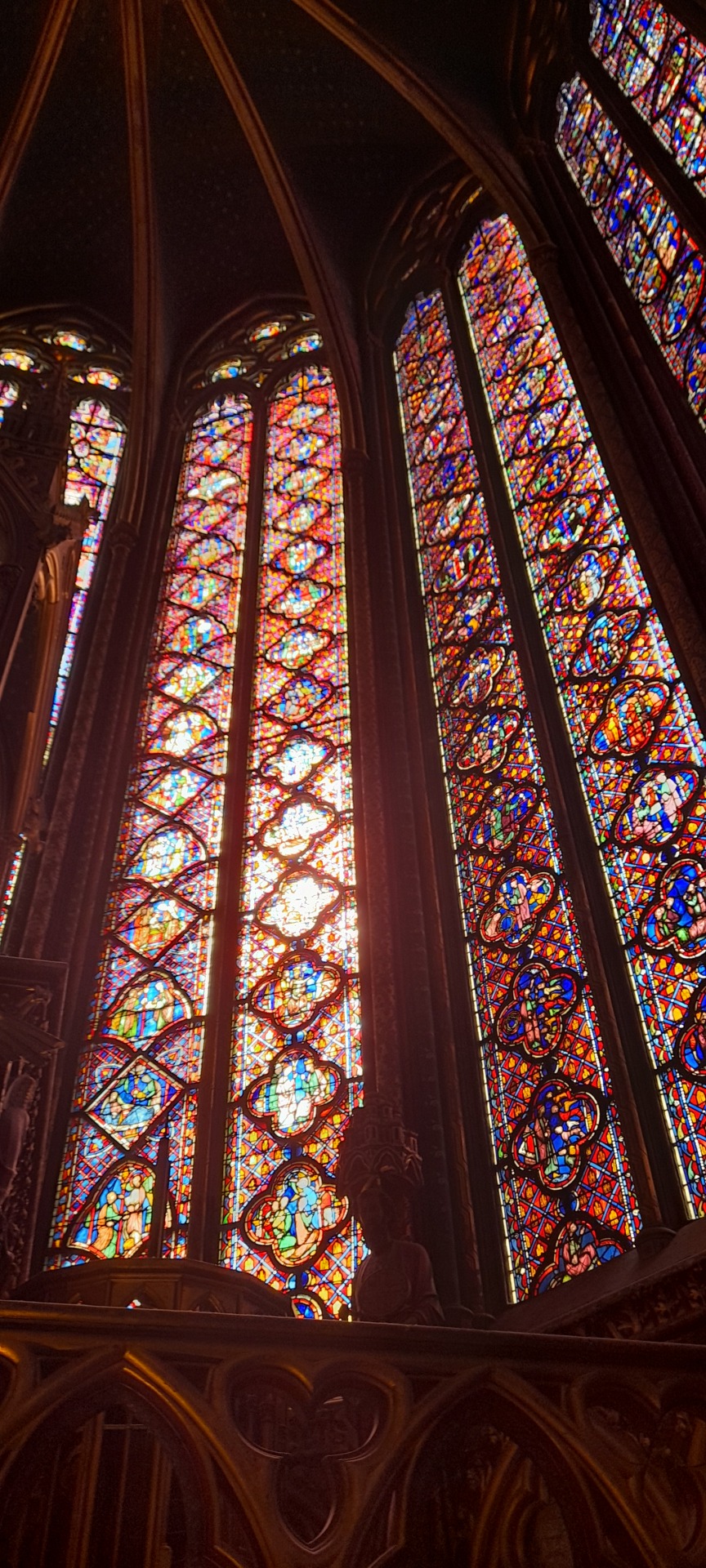


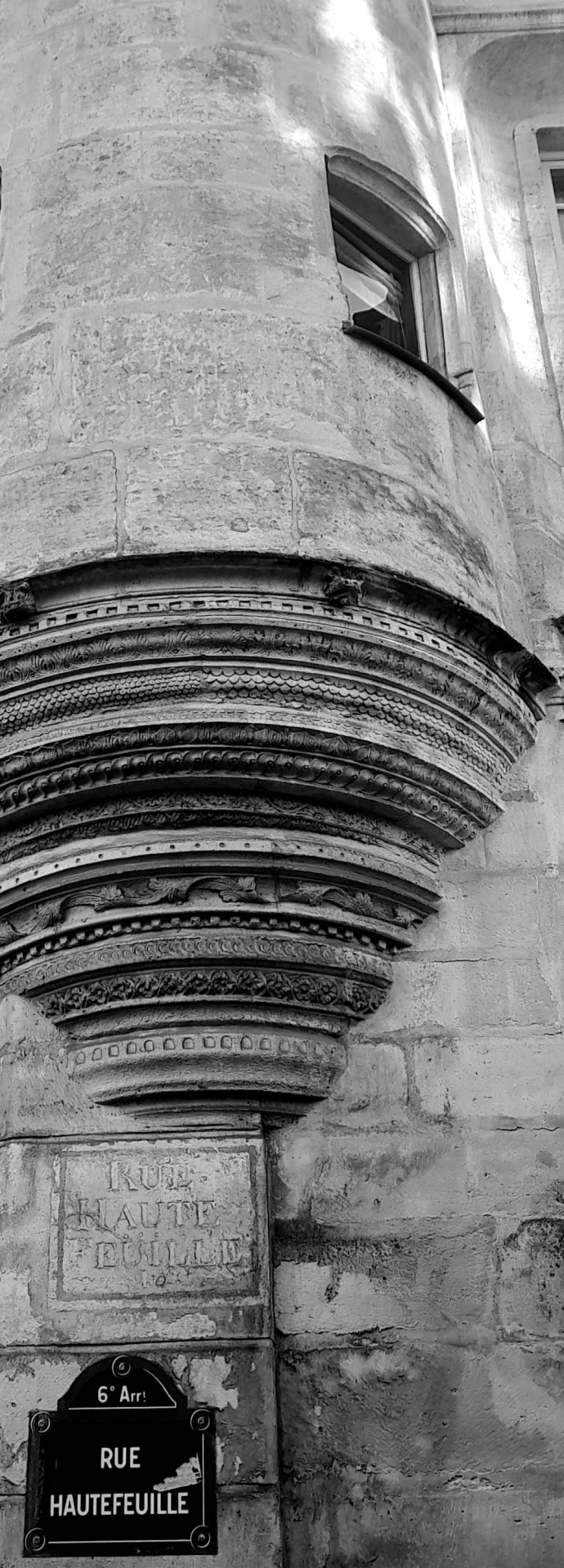
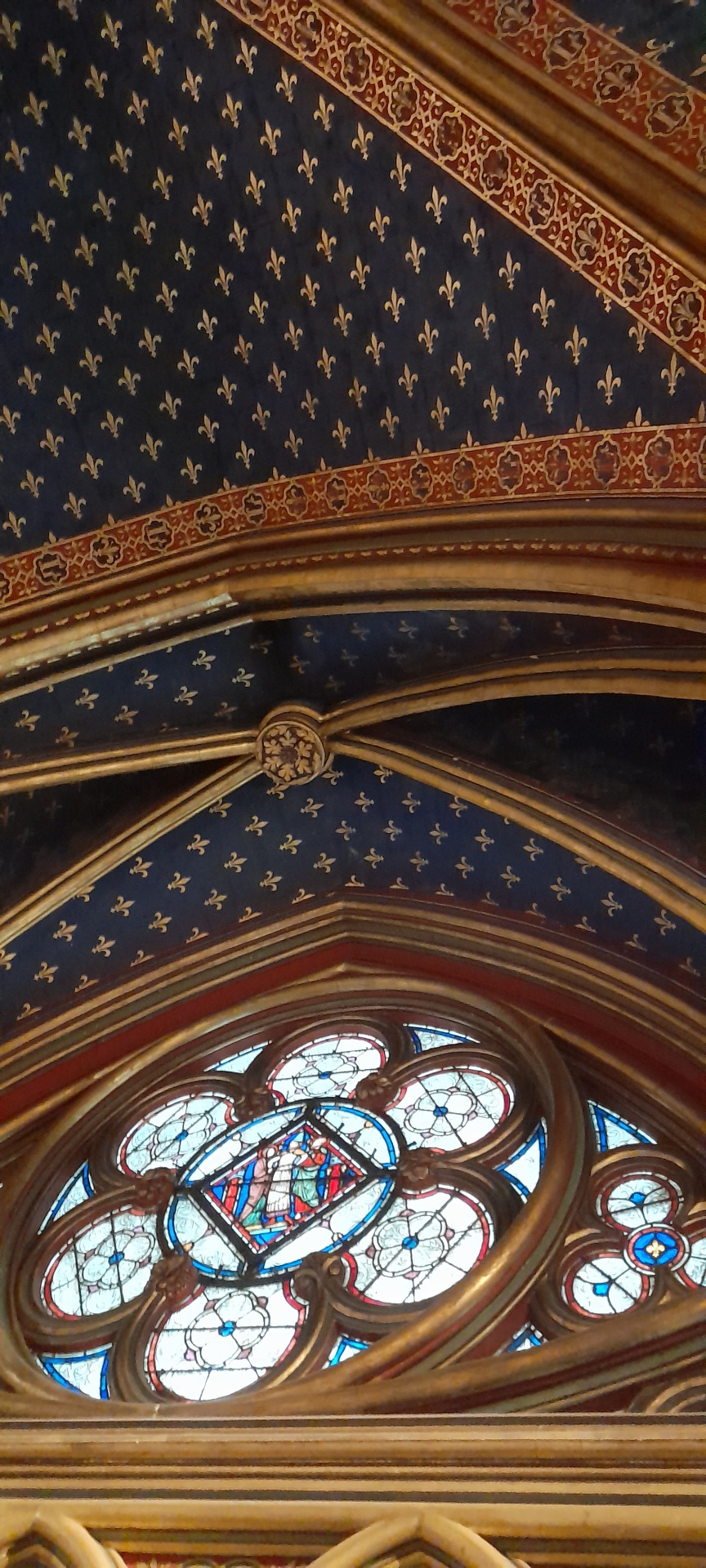
Paris du bas Moyen-Âge
Hôtel de Sens (XVe s), Sainte-Chapelle (XIIIe siècle) et tourelle Rue Hautefeuille (reste de l'Hôtel des abbés de Fécamp) (début XVIe)
#paris#parisfrance#paris medieval#old soul#13th century#15th century#renaissance#tourelle#saintechapelle#vitraux#île de la cité#rive gauche#moyen âge#middle ages#history#balades dans paris#vintage soul#classic academia#medieval architecture#medieval#academia aesthetic#art history#architecture#patrimoine
12 notes
·
View notes
Text

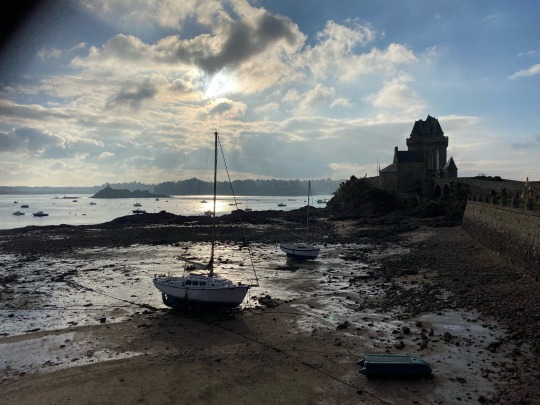



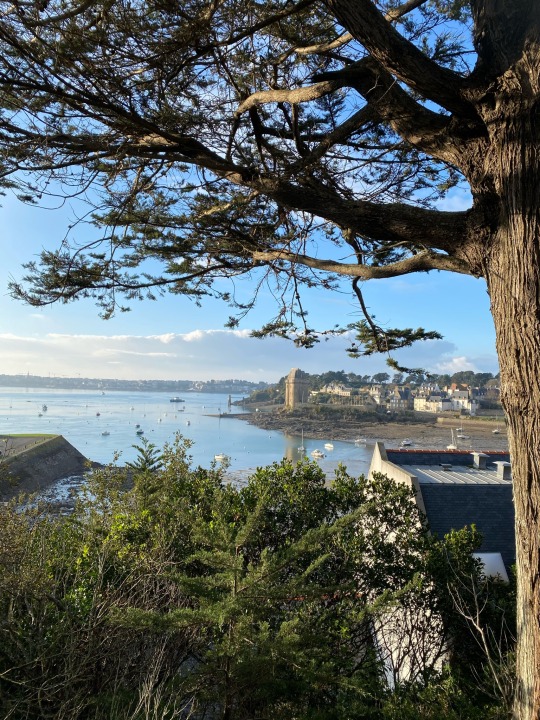
A côté de Saint-Malo : la tour Solidor à Saint-Servan ( Bretagne )
Sant Malo : Ar Peul Solidor (Breizh)
Solidor tower (Brittany)
Solidor turm (die Bretagne)
#breizh#bretagne#brittany#illeetvilaine#english channel#french#middle ages#moyen âge#france#turmblr#saintmalo#mittelalter#corsair#french navy#english#guerre#guerre de cent ans#imperial war museum#louvre#marine life#marine corps#pirates#cotesdarmor#st cast#royale high#marine nationale
7 notes
·
View notes
Photo




"Pour se sentir intelligent" n°4 - Le fil à plomb
Petite BD explicative à ressortir aux dîners de famille.
3 notes
·
View notes
Text

St. Peter, holding a key and a printed book. Tondo, executed in stained glass (white glass, grisaille [gray monochrome], and silver sulfide) and lead by an unknown French artist, ca. 1500-1510. Now in the Musée national du Moyen Âge, Paris.
#art#art history#Middle Ages#medieval#medieval art#religious art#Christian art#Christianity#Catholicism#St. Peter#Saint Peter#tondo#stained glass#French art#16th century art#Musée national du Moyen Âge
96 notes
·
View notes
Text

The Book of Kells (détail)
#the book of kells#fantastic creatures#manuscript#illuminated manuscript#art history#art#history#middle age#medieval#moyen âge
468 notes
·
View notes
Text
Il y a des médiévistes ici ? J’ai des petites questions à vous poser sur le 12ème siècle et Aliénor d’Aquitaine.
#moyen-âge#middle ages#Aliénor d'Aquitaine#eleanor of aquitaine#aquitaine#vin de bordeaux#langue d'oc
1 note
·
View note
Text
Le musée du #Louvre acquiert, pour le département des #ObjetsdArt, une exceptionnelle plaque émaillée réalisée à Limoges vers 1230. Inédite, cette « monumentale » figure de saint Pierre vient compléter un des plus exceptionnels ensembles de l’Œuvre de Limoges, le célèbre collège apostolique provenant probablement de l’autel majeur de l’abbaye de Grandmont.
Last acquisition of #Louvre Museum for an enameled plate , made in Limoges (XIII Century) representing St Peter !!!
A marvel coming from the high Middle Ages preserved until now !!!!#MuseeLouvre #ObjetsdArt #AcquisitionsLouvre

Elle rejoint le Saint Matthieu provenant du même ensemble, entré au Louvre en 1825 avec la collection Edme Antoine Durand.
#breizh#bretagne#brittany#cotesdarmor#france#louvre#museebeauxarts#museedulouvre#musee d'orsay#museen#musee de cluny#musee des beaux arts#musee du louvre#moyen age#moyen âge#middle ages#museum#frankreich#limoges
0 notes
Video
Ruines du Château de Lavardin - Loir-et-Cher par Philippe_28
Via Flickr :
Le château de Lavardin se situe sur un promontoire rocheux qui domine la vallée du Loir. Salomon Ier fut au XIe S. le premier seigneur de Lavardin. Au XIIe S., il devint la propriété des comtes de Vendôme et fut assiégé en vain en 1188 par Henri II Plantagenêt et son fils Richard-Coeur-de-Lion. En 1447 Charles VII et Agnès Sorel séjournèrent à Lavardin. En 1589, les troupes de la Ligue s'en emparèrent mais se rendirent l'année suivante aux troupes d'Henri IV commandées par le Prince de Conti. Henri IV ordonna son démantèlement par la suite.
0 notes
Text

#croquis#dessin#noir et blanc#bande dessinée#sketch#drawing#black and white#comics#artists on tumblr#saltimbanque#entertainer#medieval#médiéval#moyen âge#middle age
4 notes
·
View notes
Text
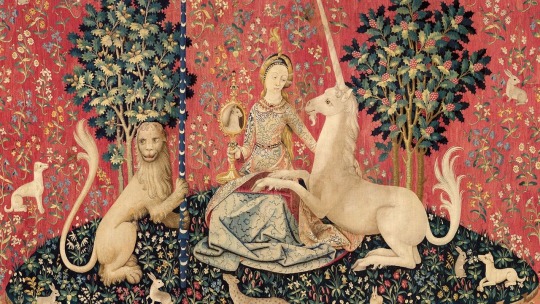

Lady and the Unicorn
Created in the late 15th century, is one of the most iconic works of art from the Middle Ages. This masterpiece features a series of six tapestries that depict a noblewoman and a unicorn in various scenes, surrounded by a lush background of plants and animals. The tapestries are believed to have been created for the wealthy Le Viste family in France and are now on display at the Musée national du Moyen Âge in Paris.
#art history#virgo#diary#lgbtq+#unicorn#art#mystical#medieval#tapestry#artoftheday#queer art history#unicorn art
958 notes
·
View notes
